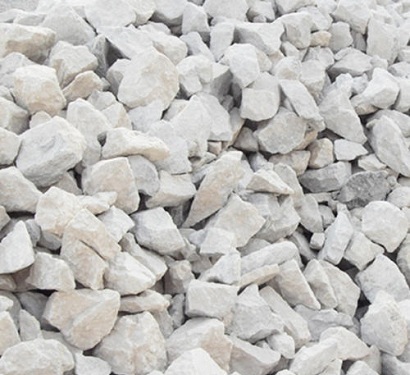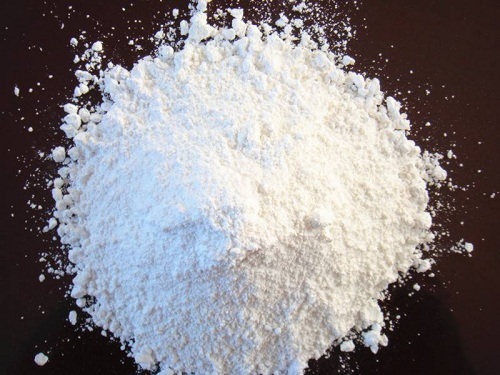18
2020
-
09
Application of Magnesia in Foundry Binder(1)
Keywords:
Magnesia,foundry,binder,foundry,binder,magnesia,binder
Source: internal company
Synthetic organic binders for casting, such as furan resin and phenolic resin, are easy to release carcinogens due to incomplete combustion and pyrolysis during high-temperature molten iron pouring. Here we will discuss the environment-friendly and cheap inorganic binder magnesium oxychloride. The main component of its material is light burned active magnesium oxide, i.e. Magnesite ore. Its matching material magnesium chloride is a by-product of salt making industry. The combination of these two materials is inorganic hydrate material and has been used in many industries.
Magnesium chloride material is also called magnesium cement because its hydration process is basically the same as cement. There are also differences between them. For example, the hardening methods are different. Cement is hydrated and stored in gel, which is cured with water to achieve hardening, while magnesium cement is air hardened, that is, in air, the humidity is more than 70% and the temperature is less than 60 ℃, the hardening time is shorter than cement, the dry strength after hardening is several times higher than cement, and the compression resistance is more than 60MPa.
Disadvantages: Magnesium oxide and magnesium chloride should be scientifically proportioned, otherwise halogen return will be generated to make the surface of core sand products absorb moisture and produce dewdrops and frost return, and also make the surface of core sand products absorb moisture and other problems, causing deliquescence of core sand, poor surface stability, decreased strength and pores during pouring.


1. Hydration crystallization proces of magnesium oxychloride material
Oxychloride material consists of multi-component hydrate. First, magnesium chloride is dissolved in water to form acidic magnesium chloride aqueous solution. When encountering alkaline magnesium oxide, hydrate is rapidly formed and phase composition is further precipitated. Among them, 5MgO-MgCl2-8H2O mainly consists of stable "5-1-8 phase". The more this phase forms needle-like staggered complex dense phase, the higher the strength of magnesium cement material and the better the moisture absorption resistance.
2. Factors affecting the quality of magnesium cement
In the phase structure of magnesium cement, whether it is 5-1-8 phase or 3-1-8 phase, there are 8 parts of structural water, so the added water should be appropriate. Too much water is used for structural water. Excess water is synthesized by residual magnesium oxide to form various hydrated compounds such as Mg (OH) 2 or other impurities. Excess water is stored in grain boundaries or molding sand gaps, resulting in increased moisture content in the binder and pores during pouring. If too little water is added, the phase structure cannot be fully formed, which affects the strength of magnesium cement. Therefore, magnesium cement cannot be cured with water, nor can it be cured with drying method to improve the hardening speed, because a large amount of water is evaporated during drying, thus terminating the formation of magnesium cement phase. So how much water is appropriate? Generally, the ratio of water to magnesium chloride is 14-18, and the curing conditions should be fully given.
Related news
2024-04-12
2024-03-29
2024-03-07

